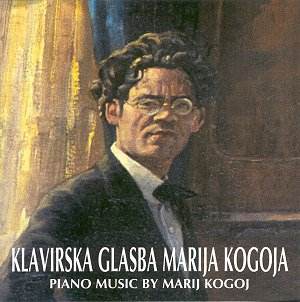 Composer: Domenico Scarlatti
Composer: Domenico Scarlatti
Works: Complete Keyboard Sonatas Vol. 2 (Sonatas K 49-98)
Performers: Pieter-Jan Belder, harpsichord
Recording: Spring 2001, Doopsgezinde Kerk Deventer
Label: Brilliant Classics
Domenico Scarlatti, a seminal figure of the Baroque keyboard repertoire, carved out a unique niche within the pantheon of Western music with his 555 harpsichord sonatas. Born in Naples in 1685, Scarlatti’s extraordinary output blossomed during his years in Portugal and Spain, where he composed many of his sonatas under the patronage of Princess Maria Barbara. This second volume of the complete keyboard sonatas, performed by Pieter-Jan Belder, encapsulates that creative fervor and showcases Scarlatti’s distinctive blend of rhythmic vitality and melodic inventiveness.
Belder’s interpretation of these works is marked by a deep understanding of Scarlatti’s idiomatic language. His approach often leans toward a slightly more measured tempo compared to Scott Ross’s legendary recordings, allowing for a nuanced exploration of the sonatas’ intricate counterpoint and dance-like qualities. For instance, in K 53, Allegro in D major, Belder’s exuberance is palpable, capturing the sonata’s lively spirit while maintaining clarity in the rapid passages. The artist’s technical prowess is evident, as he navigates the complex fingerings and rapid figuration with enviable ease, particularly in K 56, Con Spirito in C minor, where his articulation allows the piece’s inherent drama to unfold effortlessly.
The recording quality is commendable, with a balanced sound that highlights the harpsichord’s bright, percussive timbre while allowing for the subtleties of Belder’s ornamentation to come through. The acoustic of the Doopsgezinde Kerk in Deventer contributes to this clarity, ensuring that each sonata resonates with a refreshing immediacy. The sound engineering captures the lively attack of the instrument without sacrificing the warmth that is often a challenge in recordings of harpsichord music.
Belder’s inclusion of several sonatas for harpsichord, violin, and basso continuo—such as K 81—adds a delightful dimension to this volume. These works not only showcase Scarlatti’s versatility but also highlight Belder’s collaborative spirit, as he deftly dialogues with the violin and continuo parts, breathing life into these chamber-like textures. The seamless integration of these sonatas within the Kirkpatrick order reflects Belder’s commitment to preserving the integrity of Scarlatti’s catalog while presenting it in a coherent fashion.
The contrast in interpretive choices between Belder and Ross becomes particularly evident in the slower sonatas. For instance, K 68 in E flat major benefits from Belder’s thoughtful pacing and delicate ornamentation, transforming it into a contemplative miniature that invites listeners to linger on its lyrical beauty. This reflective quality is a refreshing counterpoint to the faster, more exuberant works, demonstrating Belder’s range as an interpreter.
The second volume of Belder’s complete recording of Scarlatti’s keyboard sonatas reaffirms his stature within the continuum of Scarlatti interpretation. His thoughtful choices and technical command mark a significant contribution to this repertoire. This set stands poised to be recognized alongside Scott Ross’s renowned recordings, if not surpassing them in its ability to evoke the full breadth of Scarlatti’s genius. At the budget price offered by Brilliant Classics, this collection is an essential acquisition for both seasoned connoisseurs and newcomers to the Baroque keyboard repertoire.



